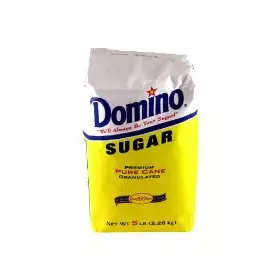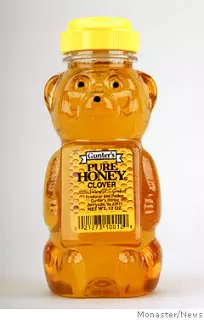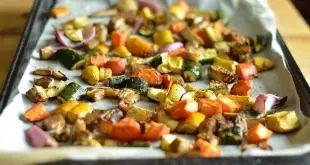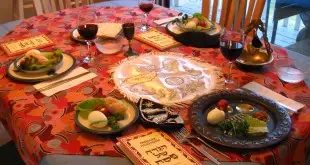Ok, let’s start with what we all think of when we think “sugar.” We think of this guy:
This is table sugar, or sucrose. Now, he isn’t by himself in our collective consciousness. When we talk about sugar we could also be talking about this guy:
All of these things can make up sugar content in food. But for the purposes of THIS post, we’re going to talk mainly about sucrose, which is the base for maple syrup, but not for high fructose corn syrup or honey (we’ll talk about that more in the next post).
Sucrose is usually derived from sugar cane or sugar beets and is refined to give it a pristine, white color. We won’t get into the deep-down science of this guy, but we will say this—this guy? Is an outlaw on most post-operative eating plans.
Why?
Well, table sugar is an extremely simple carbohydrate and it doesn’t give you good nutrition. Aside from that sugar is a trigger for that phenomena in bypass patients known as “Dumping Syndrome” (I personally call it hell). Here’s a good explanation of dumping syndrome for those who want to learn more.
Now, getting back to those other guys up there. We’re going to talk about naturally occurring sugars tomorrow, but know that when looking at ingredients on a nutrition label (which we’ll discuss on Wednesday), the following ingredients, while not always sucrose, can cause just as bad a reaction post-RNY gastric bypass:
- High fructose corn syrup
- Anything that has the word “syrup” in it
In terms of cooking, the most challenging thing about not using table sugar post-op, in my experience, is in baking. Sugar lends texture and color to baked foods that can be difficult to achieve with sugar substitutes. But it can be done! Check out part five for more information on the various types of sugar substitutes. And check out the “dessert” tag on this blog for ideas of making fabulous desserts without sugar!
The most important things to remember about sucrose:
- It is a very simple carb. Meaning it can be easily converted to energy. HOWEVER, if you aren’t using that energy, it is stored as body FAT. We don’t like body fat.
- Because sucrose is so easily convertible, it raises your blood sugar level very fast…but then it crashes…and you are hungry again way sooner than you should be.
- While there are other natural sweetners besides table sucrose out there, they too are very simple carbs as well, including honey and molasses. Many people use natural sweeteners (meaning not man-made) like Stevia to sweeten things. I can’t vouch for Stevia as I’ve never tried it. I’d love to hear from anyone that does, especially someone who would normally dump on table sugar.
- Be on guard! Simple sugars can hang out on ingredient lists under assumed names. If you learn nothing else from this series, learn this: ALWAYS look at the ingredients list!
 Bariatric Foodie Play with your food
Bariatric Foodie Play with your food






